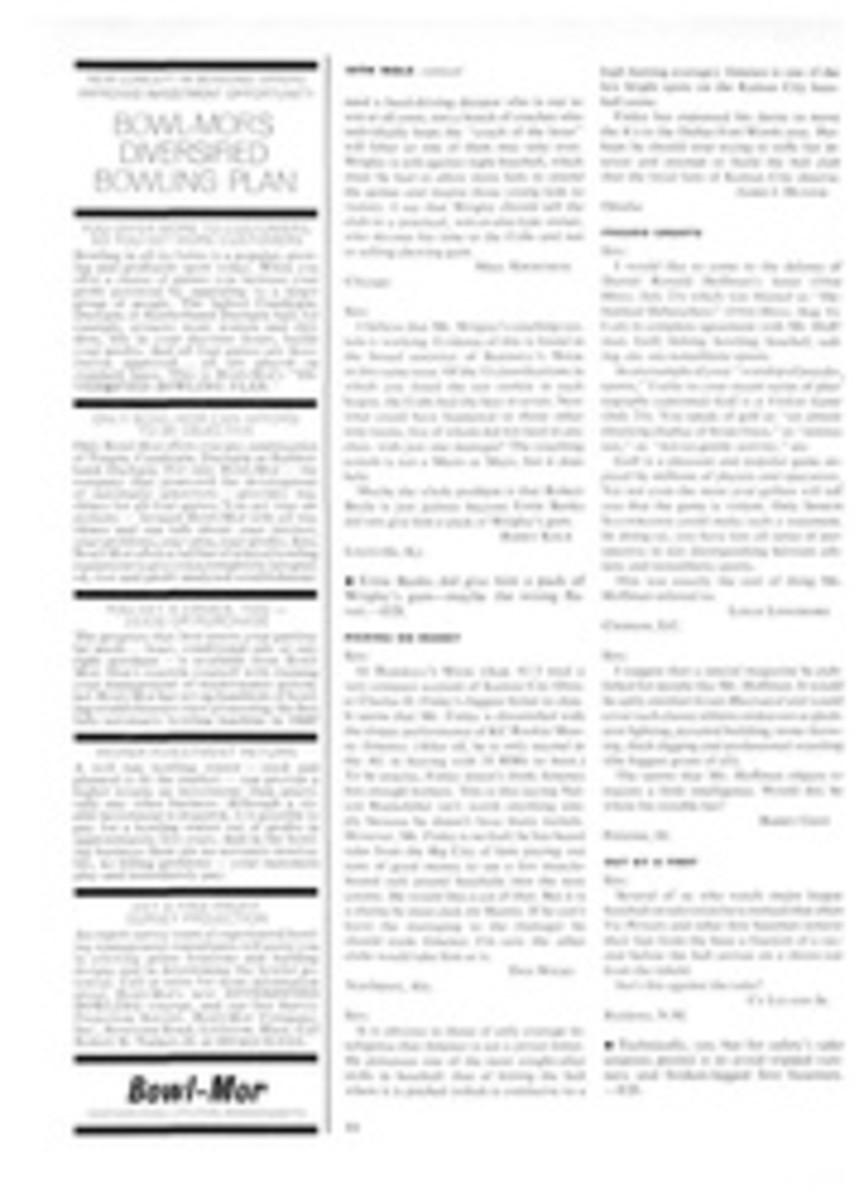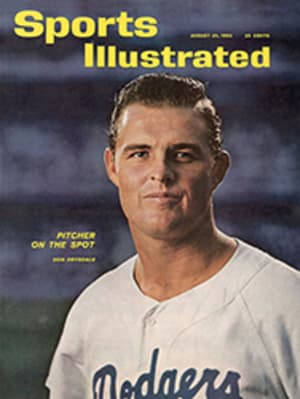
Challenge from the outside lanes
The usual poolful of world records (five) was broken at the Men's National Outdoor AAU Swimming Championships last weekend, but by the meet's final event late Sunday afternoon two more significant developments had begun to cause a stir.
First, youth no longer was being served. Instead of the unending cluster of fresh faces that swimming usually sends to its victory stand, defending champions held on to their prestige by finishing first or second in nine of the 12 individual events. Second, it was impossible to ignore the presence of a determined bunch of young foreigners in the outside lanes.
The outside lanes are assigned to swimmers whose qualifying times are not quite as fast as the leading three or four finalists. In race after race at Cuyahoga Falls, Ohio these lanes were occupied by swimmers from Japan. They are members of a 15-man team that has come to the U.S. for three weeks of races, and they are part of a grand four-year plan by the designing and energetic Japanese.
Traditionally a strong aquatic nation, Japan has seen its swimming prestige sag considerably in recent years. When the 1964 Olympics were awarded to Tokyo, Japanese officials decided they would never fare well at track and field, but they just might jolt the world—and especially the U.S.—in swimming.
As a setting they are building a futuristic, $6 million stadium in Tokyo. It will hold two 50-meter racing pools, one diving well and 15,000 people.
Money is being spent to construct a team to match the stadium. Last month the Japan Swimming Federation spent some $20,000 to pay for a 13-member American team to fly to Osaka for the Japanese national championships. Three other American teams have similarly been guests of Japan since 1960, and two full teams of at least 15 men will go over next August at Japanese expense.
"We like to bring the Americans to Japan," explains Hiroshi Negami, silver-haired secretary of their swimming federation. "We hope the strong competition they provide will help us improve enough to defeat them in 1964.
The building of the new team has been primarily entrusted to 30 volunteer coaches. "At one time Japan had almost 700 separate clubs and groups," says 33-year-old Shiro Hashizume, coach of the squad now in the U.S. "We decided after the 1960 Olympics (where Japan failed to win a single swimming title) that we must organize into one unit. We divided Japan into districts. Coaches travel to all parts of Japan and gather reports on swimmers. We hold an evaluation meeting once a month in Tokyo, where a card file is kept on each swimmer. It records the age, height, weight, personality, habits, training methods and reactions in competition."
As swimmers move up through high school and college all their data is passed on from coach to coach. A total of 400 junior high and 400 high school swimmers are ranked every six months, along with 200 from the colleges and 150 postgrads. "Of these 1,150," explains Coach Hashizume, "150 form a tentative Olympic squad."
The Japanese team found last week that it is still several strokes behind the first-line American stars, however. They saw Indiana University's 5-foot 6-inch Tom Stock thrash away to set two world backstroke records, while his versatile teammate, Ted Stickles, set another in the 400-meter individual medley. Philadelphia's Carl Robie broke his own world 200-meter butterfly mark by overcoming a two-meter deficit in the first half of that race. Don Schollander became the only American to break into the world record listings in a freestyle event by tying the 200-meter mark. There was old trouble from another continent, too, as Australia's blond Olympic champion, Murray Rose, ended rumors of his retirement at age 23 by crushing the field in tactically magnificent 400-and 1,500-meter freestyle races in the rough pool.
No one realized better than Coach Hashizume that his team had a way to go. But his boys had qualified already for those outside lanes, and, he said with a smile, "we have 800 days before the Olympics."
PHOTO
MEMBERS OF JAPAN'S NEW SWIMMING TEAM ROOT FOR THEIR MEN AND STUDY OURS

